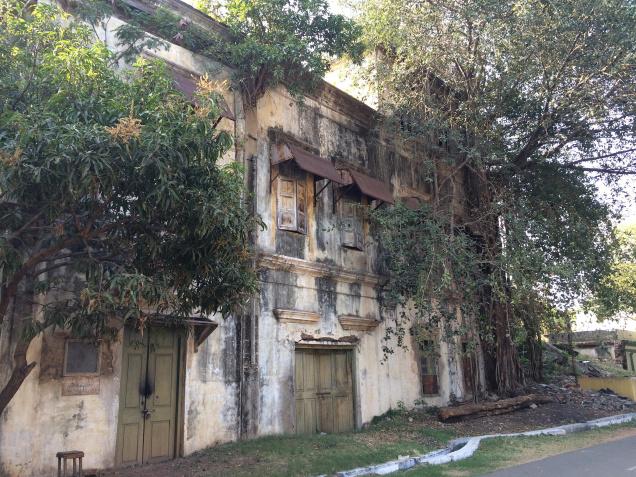
It was on June 18, 1815, that the French, under Napoleon, were defeated at Waterloo, Belgium. The battle’s bicentenary was observed in England last month, though the French understandably refused to be part of it. It required a combination of strongly inimical countries to bring Napoleon down but much credit is given to the British general Arthur Wellesley.
Immediately after the war, he suggested that Napoleon be sent in exile to Fort St. George, Madras. Wellesley was familiar with our city. Joining the British army at 17, he was a colonel by 27. His brother Lord Mornington becoming the Governor-General of India meant that Wellesley and his regiment were transferred here.
Having been in Calcutta for two years, he came to Madras in 1798, moving into a vast house as befitting the brother of a Governor- General, on Charles Street, Fort St. George. His chief occupation here appears to have been to write letters to his brother on the incapability of the Governor — Edward, Second Lord Clive.
Napoleon, then at the height of his powers, landed in Egypt and was believed to be on his way to India, ostensibly at the invitation of Tipu Sultan. This proved a sufficient excuse to launch a siege of Mysore. Mornington and Wellesley were convinced that Lord Clive would not be able to handle this. The Governor-General arrived in Madras to personally supervise the war. An unholy alliance was brokered between the East India Company and its traditional enemies — the Marathas and the Nizam of Hyderabad. Wellesley led the combined army and Tipu was killed on May 4, 1799. Mornington was made a marquis for his success. His brother, returning to England, rose to greater heights, becoming the General of the British Army and defeating Napoleon.
His success at Waterloo notwithstanding, his idea of sending Napoleon to Madras was shot down, the proximity of French Pondicherry being a deterrent, perhaps. The former French Emperor was sent to the remote island of St. Helena’s, off the African coast where he died. Wellesley became a national hero and was made the Duke of Wellington. Greater glory was to follow, for he became Prime Minister of England, not once, but twice. A plaque was let into the wall of his house in Fort St. George to commemorate this. A portrait of his hung at the Banqueting (now Rajaji) Hall, till 1947.
Today, however, not many Chennaiites would know of the Duke of Wellington or Arthur Wellesley. His name is often confused with that of a later Governor of Madras and Viceroy of India — Lord Willingdon. The house where he lived in at the Fort collapsed a decade ago and the Archaeological Survey of India has done little about it beyond putting up its regulation blue board that invokes some obscure law. The plaque commemorating his achievements still survives with faded lettering among the ruins.
source: http://www.thehindu.com / The Hindu / Home> Features> MetroPlus / by Sriram V. / July 03rd, 2015